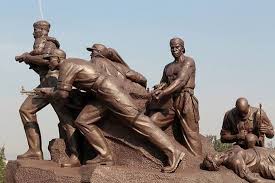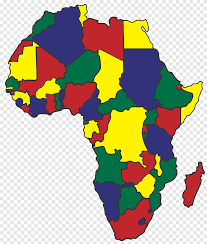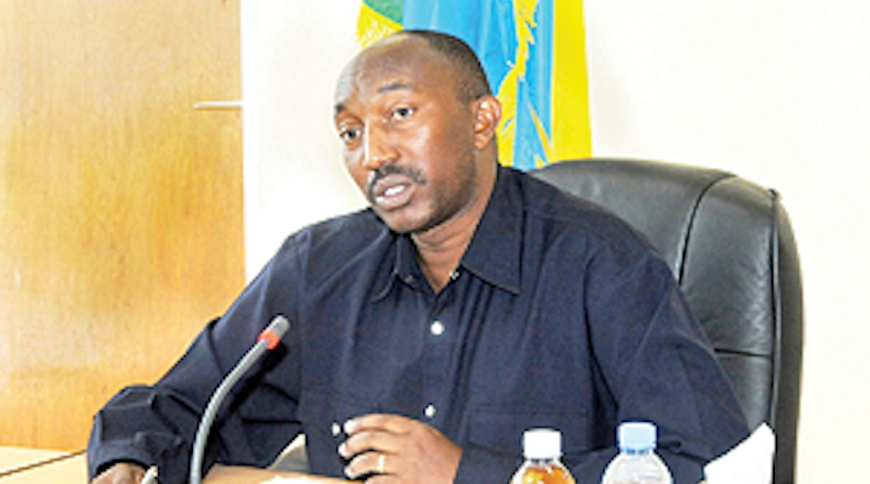all to know about the ancient human being in 75000 years ago
by admin on | 2024-05-02 13:54:07 Last Updated by admin on2024-11-14 23:57:08
Share: Facebook | Twitter | Whatsapp | Linkedin Visits: 394

ancoi
The skull was also there, but it was flattened to a thickness of only two centimeters, probably caused by a stone that fell many years ago from the cave ceiling. Prof Graeme Barker from the University of Cambridge, who led the search for remains at Shanidar, said: “Look, the skull was like a pizza. It's an amazing journey from there to what you see now." Yungamo said, "As an archaeologist, sometimes you're amazed at what you're dealing with, but you always remember that you're dealing with history. Sometimes we forget how big things are. too much."
The researchers, who received permission from the local Iraqi authorities in charge of the ruins, took the parts of the skull to the UK and began the process of preserving the bones and restoring the skull. The amazing work of disassembling the tiny pieces of crushed bone took more than a year to complete.
When the skull was finished, they 'scanned' it and printed a 3D image of it, and gave it to Dutch sculptors Adrie and Alfons Kennis, who are known for their skill in creating human body parts from the remains of their bones. Those researchers who went to Iraq have no doubt that these bones were of a woman.
Another pelvic bone was the one that would have helped prove that it was a woman, but it was not found in the one that was discovered, but these scientists based on the 'proteins' found in the teeth that are connected to the tissues of women.
Also, the shape of the bones found also provide evidence that the person was a woman, according to these experts.
How old was he? He probably died in his mid-40s, according to a dental examination.
For a long time, scientists considered Neanderthals to be cruel, brutal and unintelligent compared to modern humans. But these ideas have been changing since people have been discovering I Shanidar.
The local caves are known to display what appears to be a funeral ceremony. Carefully, the bodies were placed next to a tall stone pillar. They all have the same style that doesn't show well. Tiny remains of flower seeds scattered on the bones have led some to suggest that Neanderthals placed flowers on corpses during burial, suggesting they may have had some belief in death. Only those researchers believe that these flower buds may have been pollinated by bees, or that the flowers on the branches of trees were placed on top of the corpses.
Prof Chris Hunt from Liverpool John Moores University says that this method of burial in caves is more than tree branches which were used to protect the bodies of their relatives from being eaten by wolves. He said, “One would refrain from saying that it involved a religious ceremony. But no doubt they had a tradition of saying 'this is where we put my grandmother'".
Marc N
www.andika.rw
Leave a Comment
Search
Recent News
-
 Idiot student
Idiot student
-
 A brave child. For 8 years he raised his mother like a baby, bathed her and did everything for her.
A brave child. For 8 years he raised his mother like a baby, bathed her and did everything for her.
-
 King Charles III of England was diagnosed with Cancer
King Charles III of England was diagnosed with Cancer
-
 Some of African countries and their nicknames
Some of African countries and their nicknames
-
 all to know about the ancient human being in 75000 years ago
all to know about the ancient human being in 75000 years ago
-
 Is it really a sin for Christians to listen to songs of non- Christians? That is what the Bible says about it
Is it really a sin for Christians to listen to songs of non- Christians? That is what the Bible says about it
-
 Ruhango: They were surprised to see the man they had buried the night before and he told them that he was not dead and that they had buried him instead of him!
Ruhango: They were surprised to see the man they had buried the night before and he told them that he was not dead and that they had buried him instead of him!
-
 A man from the United States has been accused of killing his wife because he could not afford to pay for her hospital.
A man from the United States has been accused of killing his wife because he could not afford to pay for her hospital.
Popular News
- King Charles III of England was diagnosed with Cancer
- A brave child. For 8 years he raised his mother like a baby, bathed her and did everything for her.
- hOW TO CHECK THE RESULTS OF P6 AND SENIOR THREE CANDIDATES
- Idiot student
- Researcher "Chilingarov who has done a lot of research on the parts of the world has passed away"
Top Trending
-
 Idiot student
Idiot student
-
 A brave child. For 8 years he raised his mother like a baby, bathed her and did everything for her.
A brave child. For 8 years he raised his mother like a baby, bathed her and did everything for her.
-
 King Charles III of England was diagnosed with Cancer
King Charles III of England was diagnosed with Cancer
-
 Some of African countries and their nicknames
Some of African countries and their nicknames
-
 all to know about the ancient human being in 75000 years ago
all to know about the ancient human being in 75000 years ago
-
 Is it really a sin for Christians to listen to songs of non- Christians? That is what the Bible says about it
Is it really a sin for Christians to listen to songs of non- Christians? That is what the Bible says about it
-
 Ruhango: They were surprised to see the man they had buried the night before and he told them that he was not dead and that they had buried him instead of him!
Ruhango: They were surprised to see the man they had buried the night before and he told them that he was not dead and that they had buried him instead of him!
-
 A man from the United States has been accused of killing his wife because he could not afford to pay for her hospital.
A man from the United States has been accused of killing his wife because he could not afford to pay for her hospital.